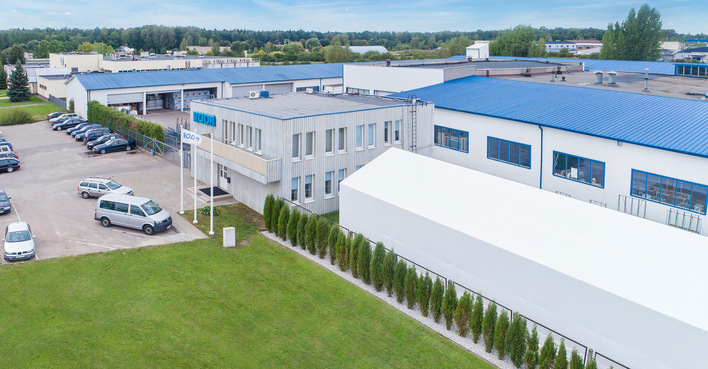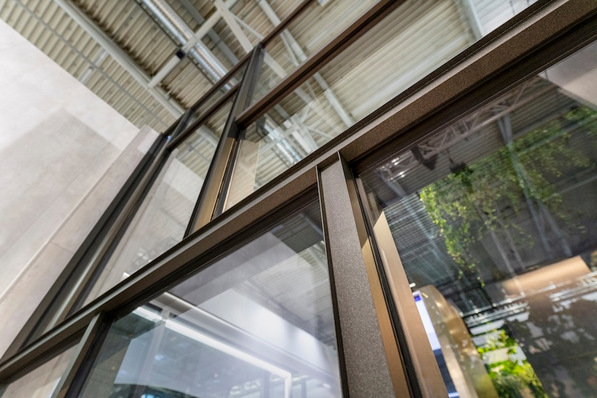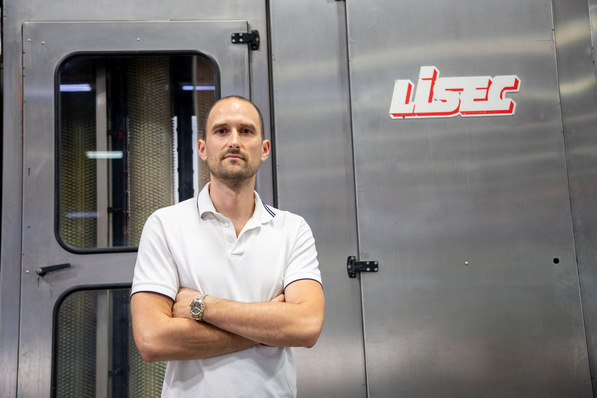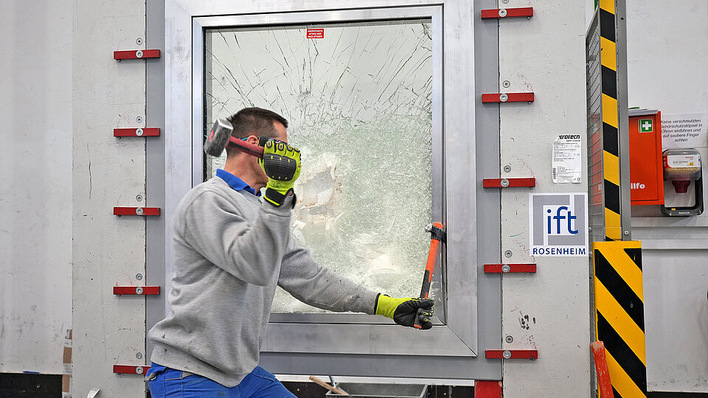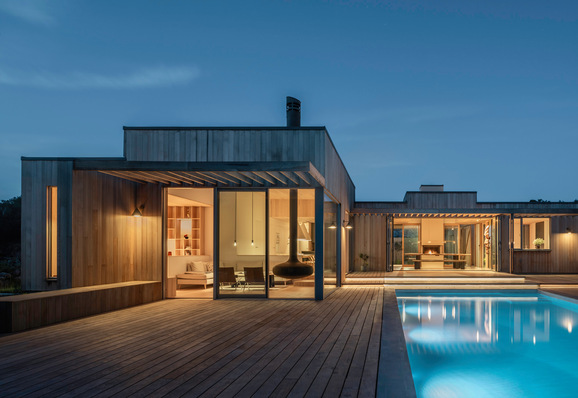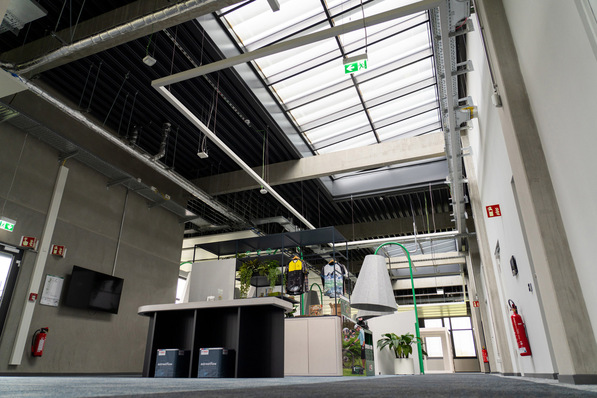On my way along the East Coast and into the South of the US (New York - Washington D.C. - Nashville - New Orleans) I inspected many windows and compared them to what is more common in Germany or the European window markets. I had several conversations with people in the industry and closely looked at what is standard in the US which would strike us in Europe as quite strange.
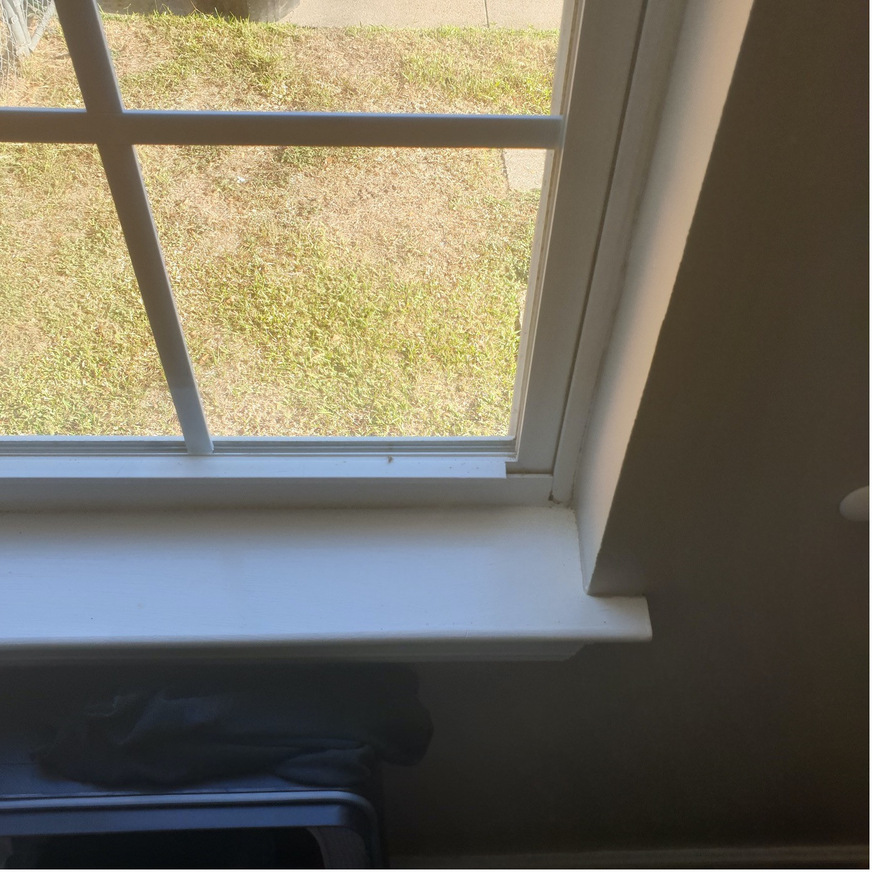
Markus Brunner
As this wasn't my first visit to the States, I already knew the basic requirements. The overwhelming majority of residential single and multi-family homes are built with a timber frame construction. The windows are almost exclusively wooden sliding windows with single (!) or at most double glazing. I experienced a classic example of this in my holiday home in New Orleans.
See also: Bringing European expertise to US glass production
This window design has both advantages and disadvantages. One of the advantages is that these windows can be produced quickly due to standardisation and are available at short notice.
They are more space-efficient, as they are only moved upwards or to the side, rather than swinging into the room. Furthermore, they can be installed quickly and easily into the timber frame construction.
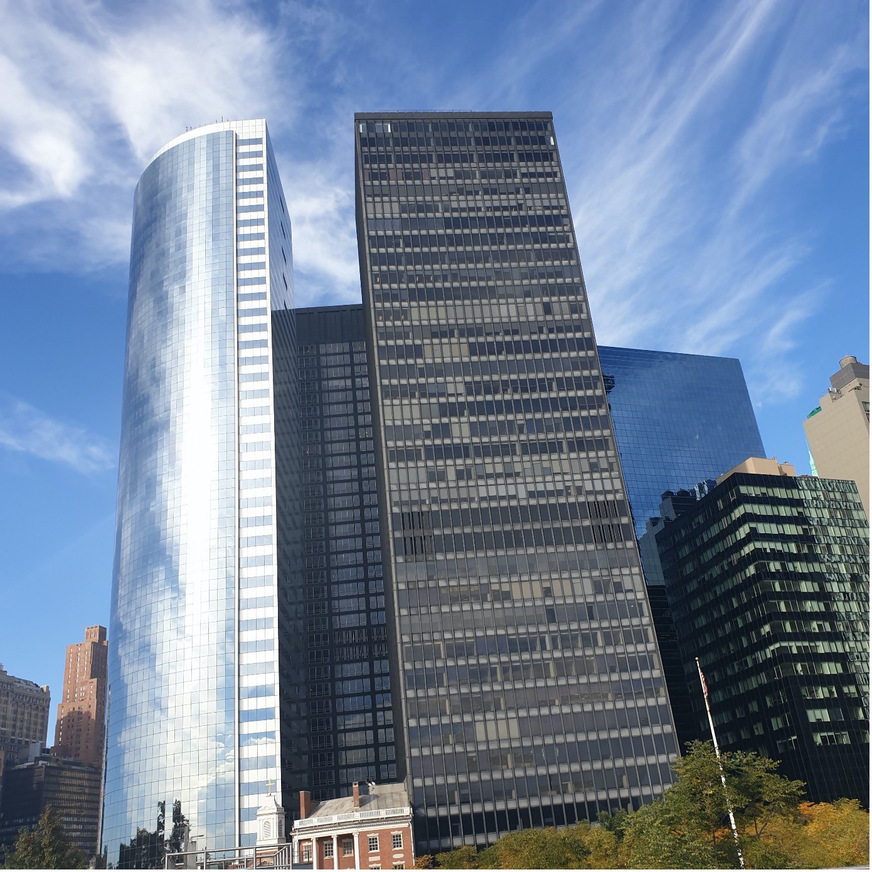
Markus Brunner
On the other hand, the insulating properties of such windows generally leave a lot to be desired and the quality of workmanship and durability tend to be inferior.
The "commercial" sector (such as classic high-rise office buildings) is dominated by mullion-and-transom facades made of aluminium. Thermal insulation is generally a foreign concept and cooling and heating is largely provided by air conditioning or gas furnaces. Many of the windows in buildings are either permanently glazed or are never actually opened (you don't want to let the cooled air out of the house, after all).
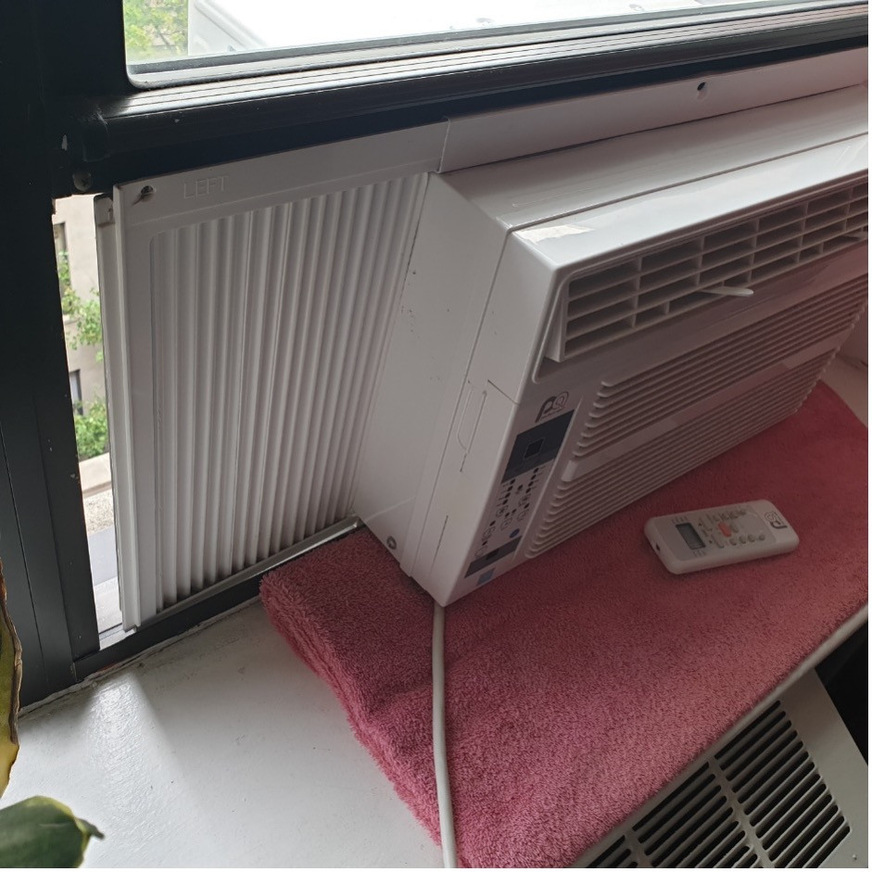
Markus Brunner
This is made possible by the still relatively low energy costs and often a lack of understanding of environmental protection and energy-saving mindset. My experience in New York: In my apartment, I immediately notice that the aluminium sliding windows (double-glazed) in both my apartment and the entire rest of the building are half open. Even when it started to rain, I didn't see any of the neighbours close their windows.
The daytime temperatures fluctuated between 10 and 20 degrees Celsius. There is a mobile air conditioning unit under a window in the room. It is jammed in from above through the sliding window. Only a temporary plastic cover is inserted at the side. Not what you would call airtight or even insulated. When I mention this to the owner, he asks me twice in a panic whether the air conditioning is working. He clearly doesn't understand my problem.
"If you're cold, just turn up the heating," he replies matter-of-factly. It doesn't bother him at all that the heat goes straight out of the window. "At least it keeps mould out of the apartment."
Also interesting: Over 1000 birds die in 24 hours at a building in Chicago
The American window market is highly fragmented with many smaller companies and a handful of larger manufacturers. There are a few specialised companies that regularly import windows from Europe.
At the forefront are some larger companies from Poland, which at peak times send around 70 containers per week to America. Can German window manufacturers catch up here and use Made in Germany to score some points? Come back next week on Monday for part two to find out.










